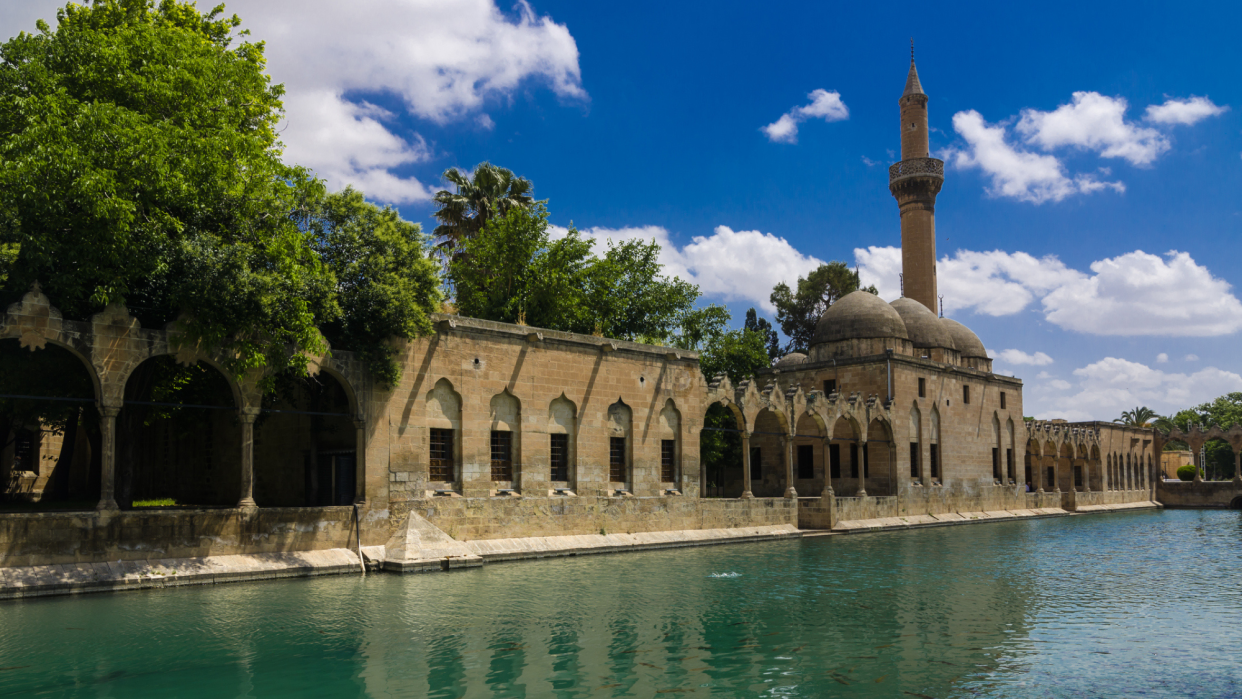A Neolithic marvel in southeast Turkey

Since their discovery in 1995, the Neolithic remains at Göbekli Tepe in southeast Turkey have prompted "a reconsideration of the standard timeline of human civilisation", and spawned "sensational Netflix shows and the woolliest of speculative theories".
Recent discoveries have put paid to some of those, said Barry Yourgrau in The New York Times, but Göbekli Tepe – one of the first known examples of human-made monumental architecture – remains among the world's most important archaeological sites. Dating from about 9400 BC, its round-oval structures are also remarkably beautiful, with their anthropomorphic megaliths and delicate carvings of insects, donkeys and lions. And the trip to see them offers another pleasure, too – the chance to explore the nearby city of Urfa, or Sanlıurfa, which has its own architectural heritage and "vivid food culture".
An important commercial centre since the third century BC, Urfa is a "palimpsest of civilisations", from the Aramaic and Hellenic to the Arab and Ottoman. Today, it is a "conservative Islamic city", where the labyrinthine bazaar resounds with the sound of the Arabic, Kurdish and Turkish languages. Its most famous sight is the "handsome" religious complex of the Pool of Abraham, created – legend has it – when the Assyrian king Nimrod flung the prophet Abraham onto a blazing pyre, only to have God turn the flames into water and the fiery logs into carp. There is also a museum housing the world's oldest-known life-size human statue, the 11,000-year-old "Urfa man".
Göbekli Tepe sits high up in the stony hills nearby. When discovered, it appeared to be an isolated ritual site, upsetting the consensus that humans began constructing such buildings only after they'd settled in villages. But domestic structures have since been found nearby, suggesting that the "temple" might have developed alongside the "city". And the surrounding hills seem to be full of discoveries yet to be made.
Sign up to The Week's Travel newsletter for destination guides and the latest trends

